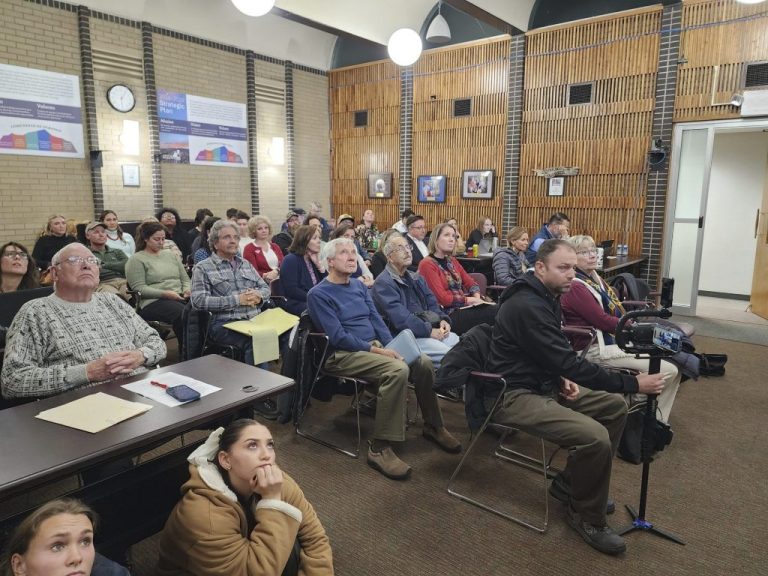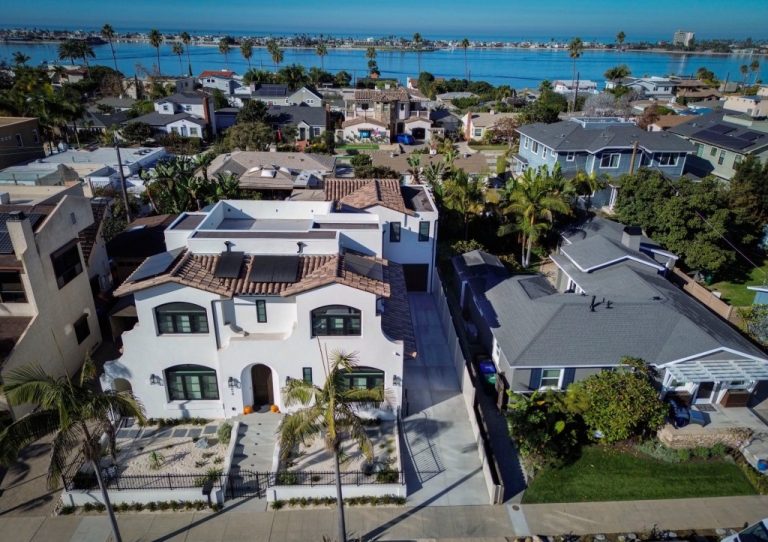
The DWP’s Attendance Allowance benefit payment rate will rise by 6.7 percent in April, bringing a welcome boost worth hundreds of pounds more to households grappling with high living costs.
Attendance Allowance is distributed by the Department for Work and Pensions (DWP) to people over the state pension age of 66 who need help with personal care or supervision due to illness or a disability.
The benefit has broad eligibility criteria, however, it’s thought a significant amount of people are not claiming it despite qualifying for the support.
Estimates from MoneySavingExpert and Policy in Practice suggest that as many as 1.1 million individuals could be missing out on up to £5.2billion a year.
However, claiming could make a substantial difference to a person’s annual income. Currently, at its highest rate, the benefit can be worth up to £441 a month, equating to around £5,291 per year.
But from April, the rate will be worth even more as many benefits will rise in line with September 2023’s 6.7 percent inflation rate.
Attendance Allowance rate 2024
Attendance Allowance is paid at two rates, the lower rate and the higher rate. The amount eligible claimants receive is calculated based on how much help is needed, not any current help the person does or doesn’t get.
The new lower and higher payment rates that are proposed to come into effect in April are:
- Lower rate: £72.65 per week (up from £68.10)
- Higher rate: £108.55 per week (up from £101.75).
This will bring the highest payment up to around £470 a month and a much more significant £5,644 a year.
Those requiring assistance during the day or night may qualify for the lower rate, while those needing help both day and night or facing a terminal illness may be eligible for the higher rate.
Who is eligible for Attendance Allowance?
To be eligible for Attendance Allowance, people must be 66 years old or older and habitually reside in the UK, Ireland, the Isle of Man, or the Channel Islands.
They must be in Great Britain (England, Scotland, or Wales) when making the claim and have resided there for the past two years. The person must also have a type of disability or illness severe enough to need help with personal care.
The full list of conditions that can qualify for Attendance Allowance include:
- Arthritis
- Spondylosis
- Back Pain – other/precise diagnosis not specified
- Disease of the muscles, bones or joints
- Trauma to limbs
- Blindness
- Deafness
- Heart disease
- Chest disease
- Asthma
- Cystic fibrosis
- Cerebrovascular disease
- Peripheral vascular disease
- Epilepsy
- Neurological diseases
- Multiple sclerosis
- Parkinson’s disease
- Motor neurone disease
- Chronic pain syndromes
- Diabetes mellitus
- Metabolic disease
- Traumatic paraplegia/tetraplegia
- Major trauma other than traumatic paraplegia/tetraplegia
- Learning difficulties
- Psychosis
- Psychoneurosis
- Personality disorder
- Dementia
- Behavioural disorder
- Alcohol and drug abuse
- Hyperkinetic syndrome
- Renal disorders
- Inflammatory bowel disease
- Bowel and stomach disease
- Blood disorders
- Haemophilia
- Multi-system disorders
- Multiple allergy syndrome
- Skin disease
- Malignant disease
- Severely mentally impaired
- Double amputee
- Deaf/blind
- Haemodialysis
- Frailty
- Total parenteral autrition
- AIDS
- Infectious diseases: Viral disease – coronavirus Covid-19
- Infectious diseases: Viral disease – precise diagnosis not specified
- Infectious diseases: Bacterial disease – tuberculosis
- Infectious diseases: Bacterial disease – precise diagnosis not specified
- Infectious diseases: Protozoal disease – malaria
- Infectious diseases: Protozoal disease – other/precise diagnosis not specified
- Infectious diseases – other/precise diagnosis not specified
- Cognitive disorder – other/precise diagnosis not specified
- Terminally ill.
People must have needed for the past six months unless they have less than 12 months to live.
However, it should be noted that people won’t be able to claim Attendance Allowance if they already receive Personal Independence Payment (PIP), Adult Disability Payment (ADP), or the care component of Disability Living Allowance (DLA).
To claim, people need to complete an Attendance Allowance form, clearly specifying the assistance they require and the assistance they do not.
People can get access to a form by either calling the helpline on 0800 731 0122 or downloading it from the Government website, here.






